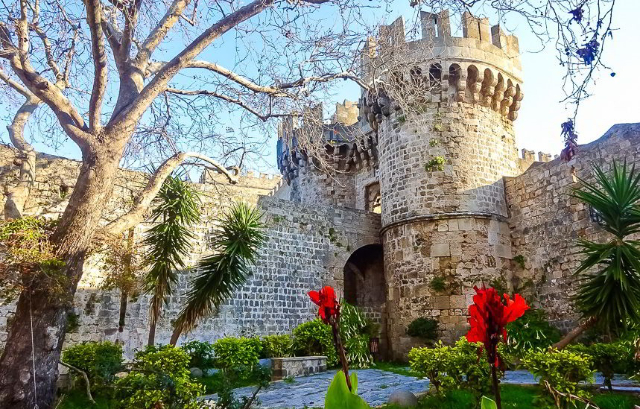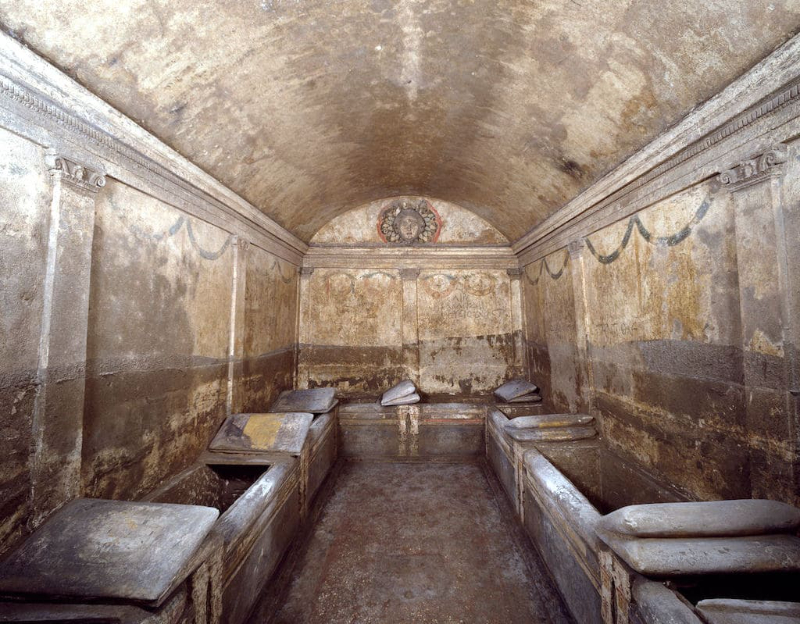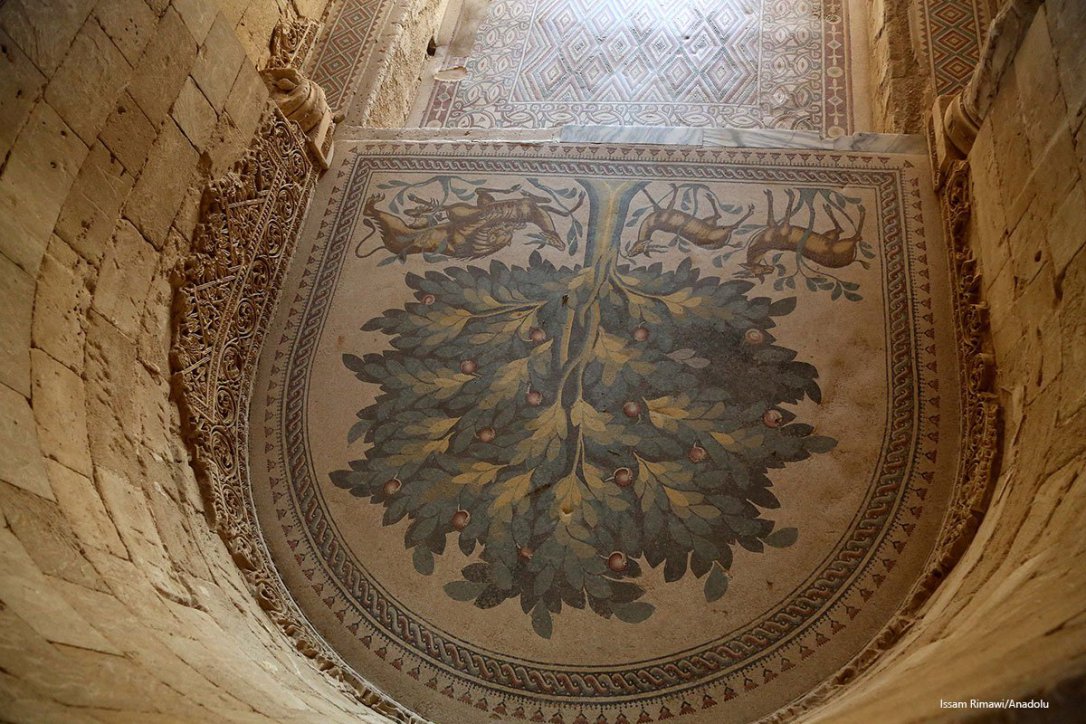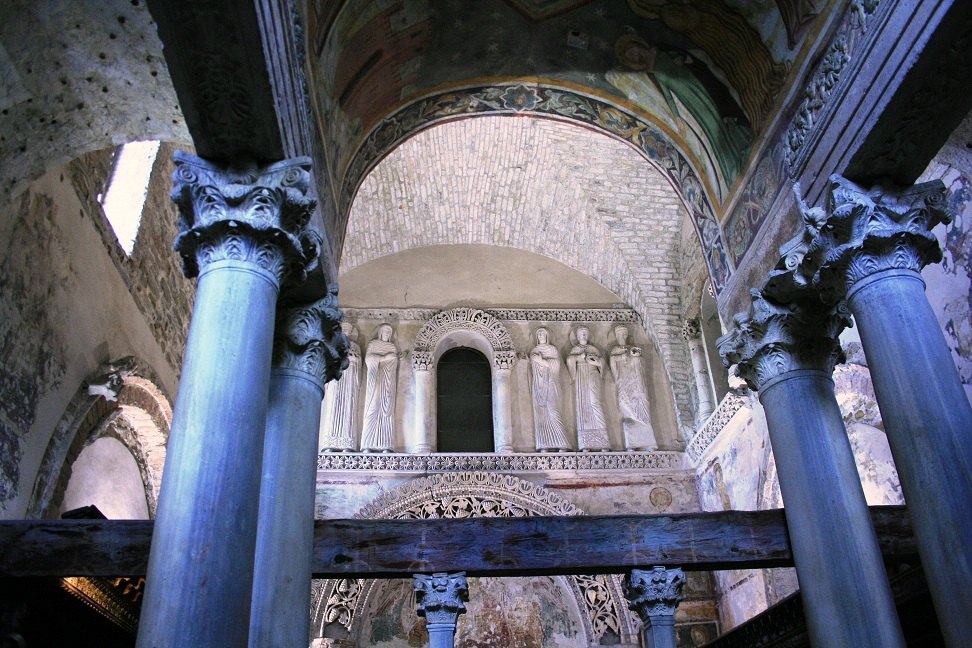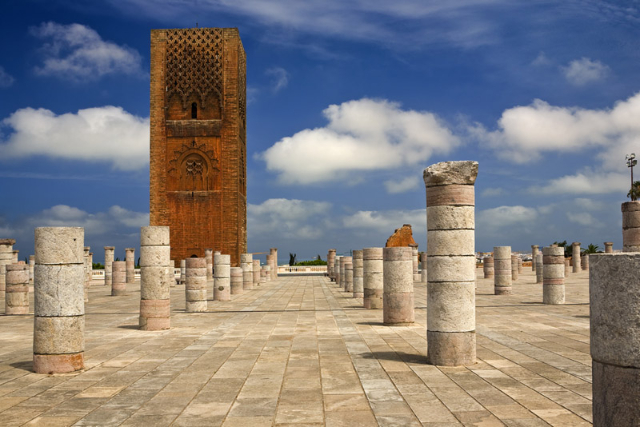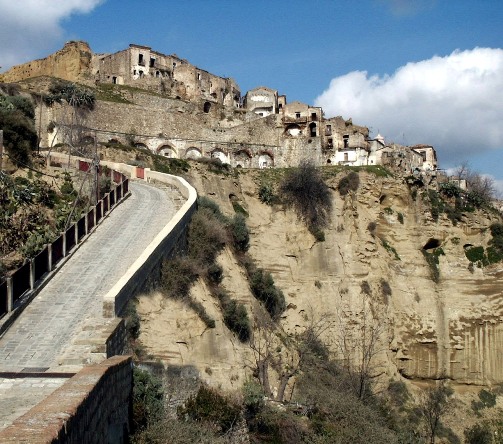Surrounded by rice paddies (beautiful to cycle through when they are flooded from mid-April to mid-May), Vercelli has always been an important agricultural and commercial centre, mainly for the rice trade throughout Europe. It is also home to the CRA-RIS, formerly the Experimental Station for Rice Growing and Irrigated Crops, and Italy’s most important rice stock exchange. For all these reasons, Vercelli could not help but deserve the nickname of European rice capital, even if sometimes this rice has turned out to be bitter (as in the famous film by De Santis with Silvana Mangano) and rice is always involved in the nickname of the city of 8 hours. In fact, it was in Vercelli that the goal of 8 hours of work was reached, setting a limit that is still respected today: after several strikes (such as the famous one of June 1, 1906) and agitations, those who worked in the rice mill obtained a reduction in working hours to 8 hours a day. This conquest was then sanctioned by law in 1919, but in Vercelli and neighbouring areas they had already been there for more than ten years (here is an in-depth study).Oppidum arose among the Libui or Libici, in the 2nd century B.C., Vercellae was a base of operations for the Romans against the Salassi of the Val d’Aosta; then, having become a municipality, it was an important road junction. After the fall of the Empire it became part of the Longobard Reign, then became capital of a Carolingian county. The bishops Lutvardo, killed by the Hungarians, and Attone distinguished themselves in the government of the diocese. At the end of the 10th century, the bishops Peter and Leo fought against Arduin of Ivrea. The power of the bishops found a limit with the affirmation of the Commune. On the side of the Lombard League in the fight against Barbarossa, V. was then the theatre of contention between Guelphs and Ghibellines, until the independent Commune came to an end with Azzone Visconti in 1335. Passing to the Savoys in 1427, in the 16th century it was one of the few Savoy towns not occupied by the French. It was under Spanish rule from 1638 to 1659. Briefly in French hands in 1704, capital of the department of Sesia in 1814, it then returned to the Savoy.


